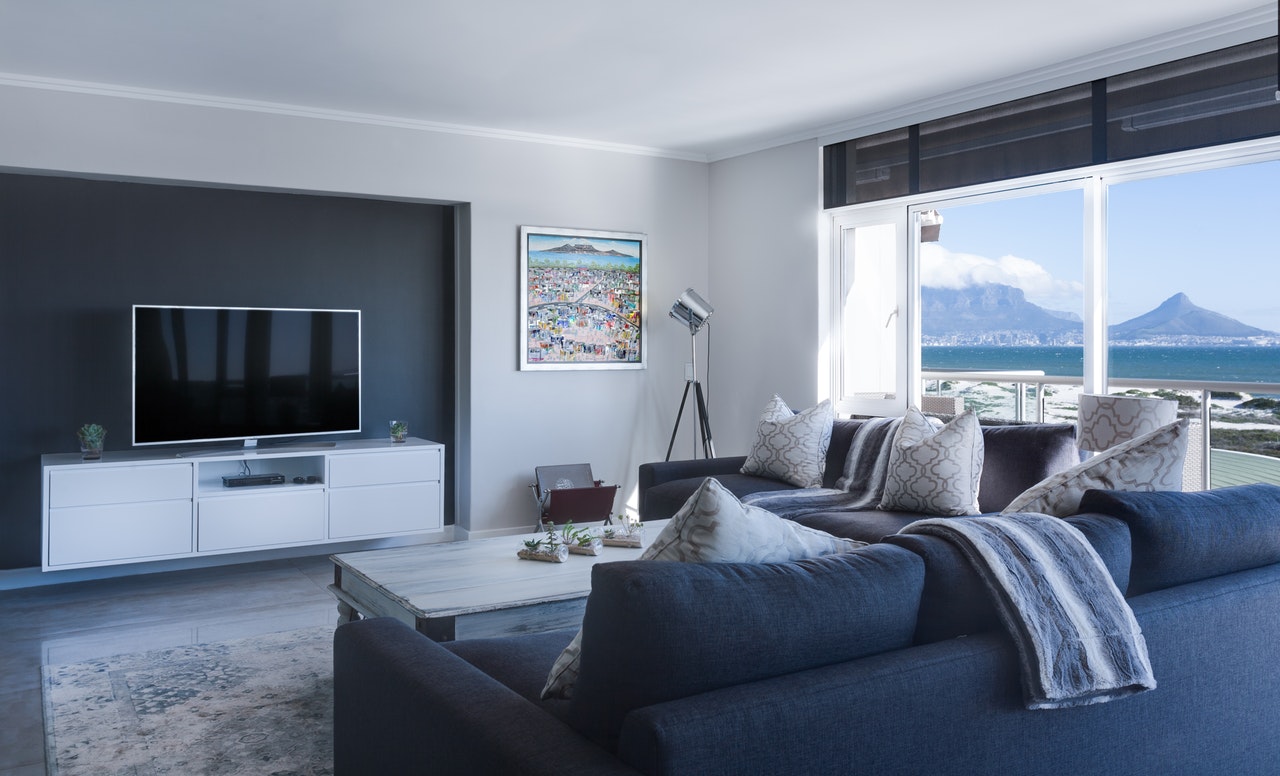3 Simple Ways to Pull a Room Together
Does your home look more pulled apart than pulled together? There’s a design solution to your problem. Pull your kitchen, living room and bedroom together with these helpful design tips.
Kitchen: Accessorize With Accents, Color and More
Bold, colorful accents can make your kitchen pop. Spruce up your own kitchen and give it a little something extra with carefully chosen accessories and accents that harmonize with the space. There is a seemingly endless amount of ways that you can add personality to your kitchen. Hanging blue and white ceramic plates can be used in place of artwork, and can give the kitchen space a pop of color against a bright yellow wall. A painted kitchen island can add a hint of playfulness to a beige or neutral colored kitchen. A duo of chairs upholstered with a vintage-inspired fabric can pay nod to your nana. And a chic and functional teapot can not only make a statement on its own when stored on floating shelves, but will in handy come tea time.

Living Spaces: Choose a Color Scheme and Stick With It
When it comes to color in the living room, there’s a tried-and-true rule to follow. It’s called the 60-30-10 rule. This decorating rule can assist you in putting together a color scheme that any interior designer would applaud. Here is the breakdown of how it works. Your 60 percent is the main color of the room. In the living room, this would likely be most of your walls and your larger accents pieces like the sofa. Think of the 60 percent as the anchor color of the space. Your 30 percent is the secondary color, think accent chairs, curtains and drapes, or an accent wall. This secondary color supports your main color choice, but it should be different enough to to set each apart. Finally, your 10 percent is your accent color. In your living areas, this can be anything from decorative pillows and throws to artwork and accessories. Ready to get started? Use a color scheme generator to get inspired.
Bedroom: Take a Minimalist Approach
As we just learned, color is a very powerful design tool. However, color should always be used sparingly in the bedroom. Rather than use bright hues and bold colors in the bedroom, whether it is the color of your linens or the paint on your walls, design experts suggest opting for restful, soothing hues instead of bright and bold ones. Some of which include soft blues, lavender and tranquil greens, as these colors evoke of sense of serenity and calm.
In addition to choosing soft colors, the design in your bedroom should follow a minimalist approach. Too much clutter in your sleeping space can actually disrupt your sleep, and can even create unnecessary stress unknowingly. If you have extra clutter in your bedroom, decorate with stylish furniture that can play double-duty with built-in storage. Storage beds like these are a good example, Not only will you be more organized, but the space will look like it a professional pulled it together.
Giving your home a fresh, pulled together look is much easier than you might think. With these expert design tips, your kitchen, the living room and the bedroom can all looked pulled together in no time.

